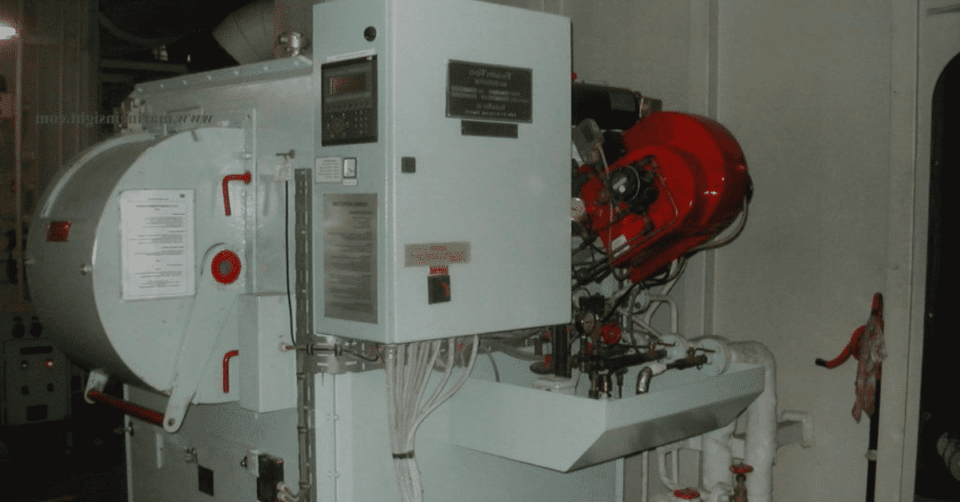The pressure vacuum (P/V) valve is a type of valve that is used to regulate the pressure in a system. It is typically used in systems that are exposed to vacuum or low pressure conditions.
Pres Vac valves are designed to open and close in response to changes in the pressure of the system. When the system pressure decreases, the valve opens to allow air to enter the system. This prevents the system from becoming too vacuous.
When the system pressure increases, the valve closes to prevent air from escaping from the system. This helps to keep tank pressures within acceptable limits, preventing structural damage and marine pollution and serving as an important safety device for cargo and storage tank operations.
Despite this, not all P/V valves are created equal. Here are some important factors to consider when choosing P/V valves for your vessel.
Materials
Make sure that the valve is made from marine-grade materials. This is important because pressure vacuum valves are exposed to a lot of salt water and humidity, which can cause corrosion and other damage.
Marine-grade materials will be able to withstand this type of environment better and last longer.
Upgradability
Upgradeability and compliance longevity should be considered when designing Pres Vac valves. This can take the form of easily accessible and installable original conversion kits or manufacturer support for customised conversion solutions.
Shipowners can upgrade their P/V valve systems as needed in the future to meet new or different safety standards. P/V valve upgrades may also enable ships to transport new types of hazardous products, such as IIB cargoes.
The ability to upgrade the P/V valve system ensures that it does not become obsolete after a few years of operation due to new safety regulations or the need to carry new categories of goods that the current system cannot accommodate.
Low Cargo Emission
Operators should keep an eye out for Pres Vac valves with large openings.
Pres Vac valves with high opening settings should be avoided by operators because they allow for higher tank pressures. Because increased pressure slows evaporation, the rate of ventilation caused by over-pressurisation slows as pressure builds up at a much slower rate. As a result, cargo emissions are reduced.
P/V valves should also have resilient seals that can properly reseal the valves after each ventilation. This reduces the demand for inert gas by preventing cargo leakage in the form of vapours escaping from valve seals when closed. As a result, low cargo emissions help to maximise profits and lower operating costs, and they play an important role.
Low cargo emissions from well-designed P/V valves help to reduce cargo loss during transit. Loss of cargo means loss of revenue, which can quickly add up over longer journeys.
Simplified Construction
P/V valves should have simple and easy-to-service designs. This reduces the complexity and duration of maintenance work, allowing for maximum vessel utility and lower maintenance costs by devoting less time to repair and maintenance tasks.
The reduction in the number of parts also reduces the possibility of mechanical failure, lowering the cost of maintenance. Furthermore, certain manufacturers offer maintenance kits to make the maintenance process easier.
Advanced Flow Control
Another important factor to consider is the aerodynamic design and flow control of P/V valves.
P/V valves with better aerodynamic designs create fewer airflow obstructions, allowing for higher gas exit velocities even at low flow rates. Because toxic and flammable vapours are discharged vertically upwards, away from the vessel’s deck, at high velocities, the risk of fire and explosion is reduced, as is the crew’s exposure to toxic vapours.
The ease of construction, system upgradeability, cargo emissions, and airflow control are all important factors to consider when selecting your next P/V valve.


